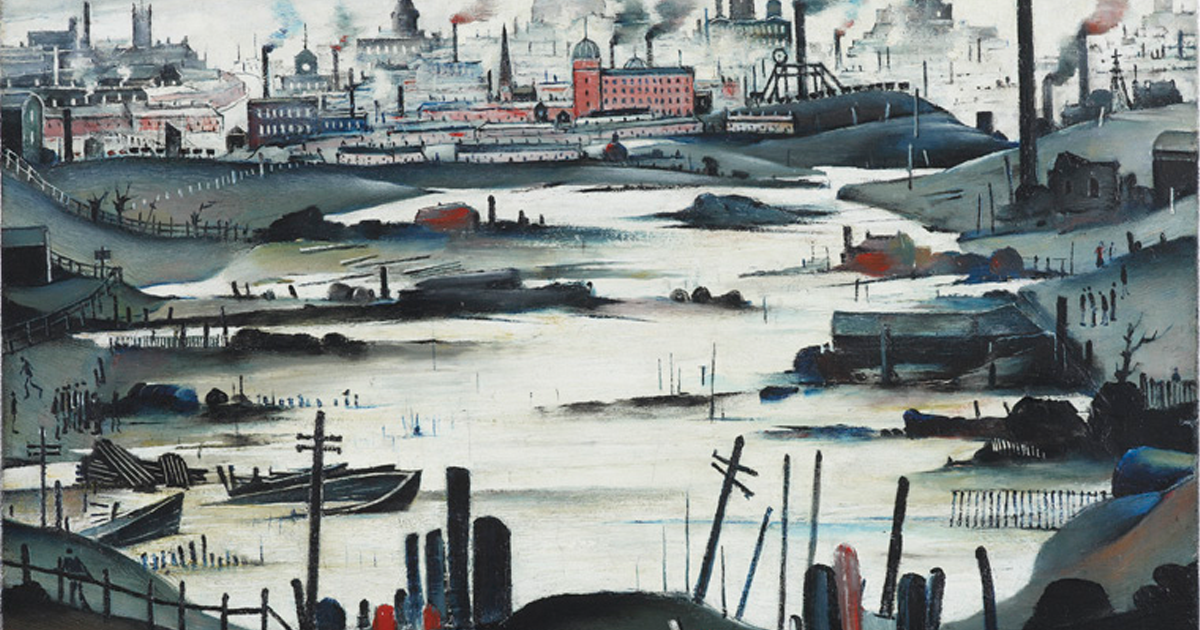I don’t feel that I’m giving anything away for free here, there is a lot of information but as mentioned in the first part of this article; they’re not universal truths. See what’s easy to replicate for your business and start there. Once you have a process and it’s quick and easy to duplicate, move on to another set of assets and establish a new process. These things take time, so if you focus on what you’re good at then at some point your company will outgrow your skillset and that’s where a creative agency can step in.
Talking about the methods and practices behind building thoughtful and repeatable creative frameworks for business helps to demystify the creative process. It also highlights the amount of work needed and the expertise involved in crafting a coherent creative product while nurturing a human-focused, naturally creative business that’s built to adapt and communicate with its users.
Creating Branded Assets for the web
The types of assets we should create depend on the audience that we want to connect with. To make things easy for your users you need to consider their expectations and the ways they choose to interact with your content.
If you have a lot of mobile traffic and your main traffic sources are Facebook and Instagram then you should probably think about creating short, concise video content for your users. If your user base is coming from LinkedIn and has a healthy mix of desktop and mobile users then you can start to create pdf downloads and evergreen assets to encourage long term traffic.
There’s no instant way of building a set of branded assets. When done with consideration they can become an arsenal of ideas, templates and tools that your company will naturally build over time as you gain experiences and seek out new ways to connect with clients.
Time is time.
Your time has value, so it’s important to be economical with the branded assets you do create at the beginning. Time spent on a pitch deck template that can be repurposed in to an ebook template for example, is time well spent. Not considering how you’d like your future eBooks and content to look and feel without first setting up a nice template as a foundation is a good way to turn something enjoyable in to a chore.
And it should be enjoyable.
Writing about your company, and what you do should be an enjoyable process. Removing friction as best you can and allowing yourself to get ideas out quickly will reflect in your writing and your tone.
‘Published’ doesn’t mean final.
We aren’t printing anything here. The great benefit of digital over physical media lies in the cost associated with adjusting and tweaking the message.
Adjusting your digital message allows you to refine and target. The knock-on effect is that as you refine, Google will take notice.
Keep your online resources relevant and evergreen.
This article is an example of Evergreen content, once I’ve set it live I’ll work on it for a week; I’ll probably come back and tidy it up along with the first article once the third one in the series has been posted.
The overall, functional, goal of these articles is to gain as much search traffic as possible while staying relevant and on brand but the reality of a blog format means that I’m speaking to one person at a time. Having a robust articles template that’s geared to that type of presentation is helpful for me to get my ideas out quickly, and then come back to tweak at a later date.
I’ve done the same with the case studies that appear thruought the Typeface website. I have a set of Photoshop templates ready to drop screenshots in to and a custom post type in WordPress that uses its own template with image upload fields and the option to add in extra modules below the content, so rolling out a new case study is a painless 15 minute process.
So what’s next?
In the next article, I’ll explain best practices for asset creation, as well as what to focus on creating and the tools you’ll need – both free and paid – to get started.







